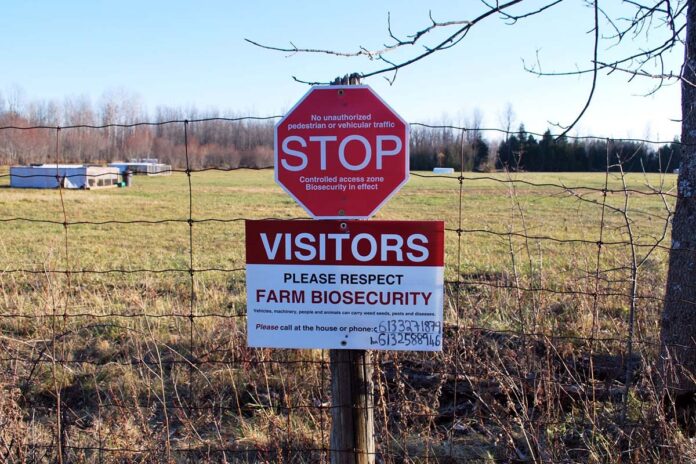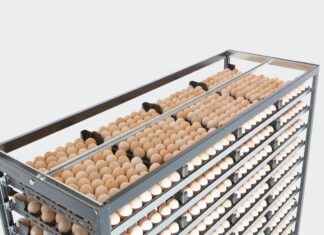
It is difficult to make predictions when trying to assess how the coronavirus (COVID-19) will impact the livestock industry in the foreseeable future.
Clearly, the outbreak of the pandemic has been one of the most disruptive events of the last 100–150 years, on a par with the two world wars and the Spanish flu. Although it is hard to forecast exactly what will happen, we can be almost certain that, as after every massive disruption, profound changes will occur.
In modern times, we have been threatened or scared into worrying about a range of frightening scenarios, each of which was going to do the world tremendous harm. These include nuclear war, disease (Sars, ebola, etc.), Bug2000, global warming, famine from over-population, and financial crash, among others. Fortunately, none of them ever became truly global disasters.
We have grown accustomed to having confidence in scientists, economists, statesmen, and others to avert global catastrophe just as they have done since World War 2.
This is likely to change. People will no longer assume that: “it will be all right in the end.” They will be prepared to take measures that cost effort and money to prevent future problems.
Health
The most fundamental change will probably occur in the health sector. At present there is a system of tradeoffs between certainty of no health issues and cost. I expect this relationship to be drastically changed.
So, for example, the usage of antibiotics in growing chickens will witness a major shift. The ongoing debate about whether antibiotics should be used in poultry and livestock growing will come to an end.
Currently, there are two sub-parameters to the debate.
- If the antibiotic is being used for human use, it is regarded as more dangerous for use with livestock. The risk is that resistance will build up and prevent it from being suitable for human use.
- A clear distinction is made between using antibiotics with a vet’s prescription for treating illness and using antibiotics prophylactically. There is less tolerance for prophylactic use than as a specific treatment. There has been movement, generated by regulation and consumer pressure, to ban or reduce the use of antibiotics in livestock.
Though there is no direct connection between COVID-19 and antibiotic resistance, I expect consumer demand and regulators to become completely intolerant of mass use of antibiotics in treating livestock.
Until now the industry argued that banning antibiotic use would result in a price increase. Considering the massive expenses caused by the pandemic and the forced shutdowns, this argument will no longer be accepted.
I predict that antibiotics will be banned almost totally for livestock growing. While it might still be allowed in certain cases for grandparent or breeder stock, it will be banned for meat that reaches consumers. This will affect the way we grow, influencing farm sizes, bird density, feed conversion, and more.
Environment
Up until now, to most world consumers global warming sounded like a distant threat that might affect people in particular areas. Most people, including many world leaders, did not lose sleep over global warming. I expect this to change too. The continuing demand to be carbon neutral (or negative) will affect the livestock industry and every aspect of the economy.
Technology
The current crisis is expected to boost the development and adoption of new technologies that have entered our lives recently, whether it is Zoom for meetings, remote monitoring for agriculture and livestock, and a host of other applications.
The coronavirus outbreak will provide an opportunity for technologies that were ready at the time to make a leap. Some technologies will become mainstream, while others will be forgotten in a year or so.
In the poultry field, the technologies that might shine are those that enable processes to carry on with fewer people on the ground, particularly skilled people. The adoption of remote monitoring and operating is likely to be accelerated by farms, slaughterhouses, product factories, etc. The remote monitoring technology itself is likely to develop further and rely even more on artificial intelligence.
Moreover, now that the whole issue of protection from viruses is high on the agenda, I expect that breakthroughs will be reached that will not only affect human health, but also livestock health. Better vaccination and protection will lead to healthier birds and reduce the need for antibiotic use.
The next few months and years promise to be interesting ones. As an industry, we must look for silver linings and use every opportunity to improve and make our product safer and more sustainable if we wish to thrive in a changing and challenging environment.
















